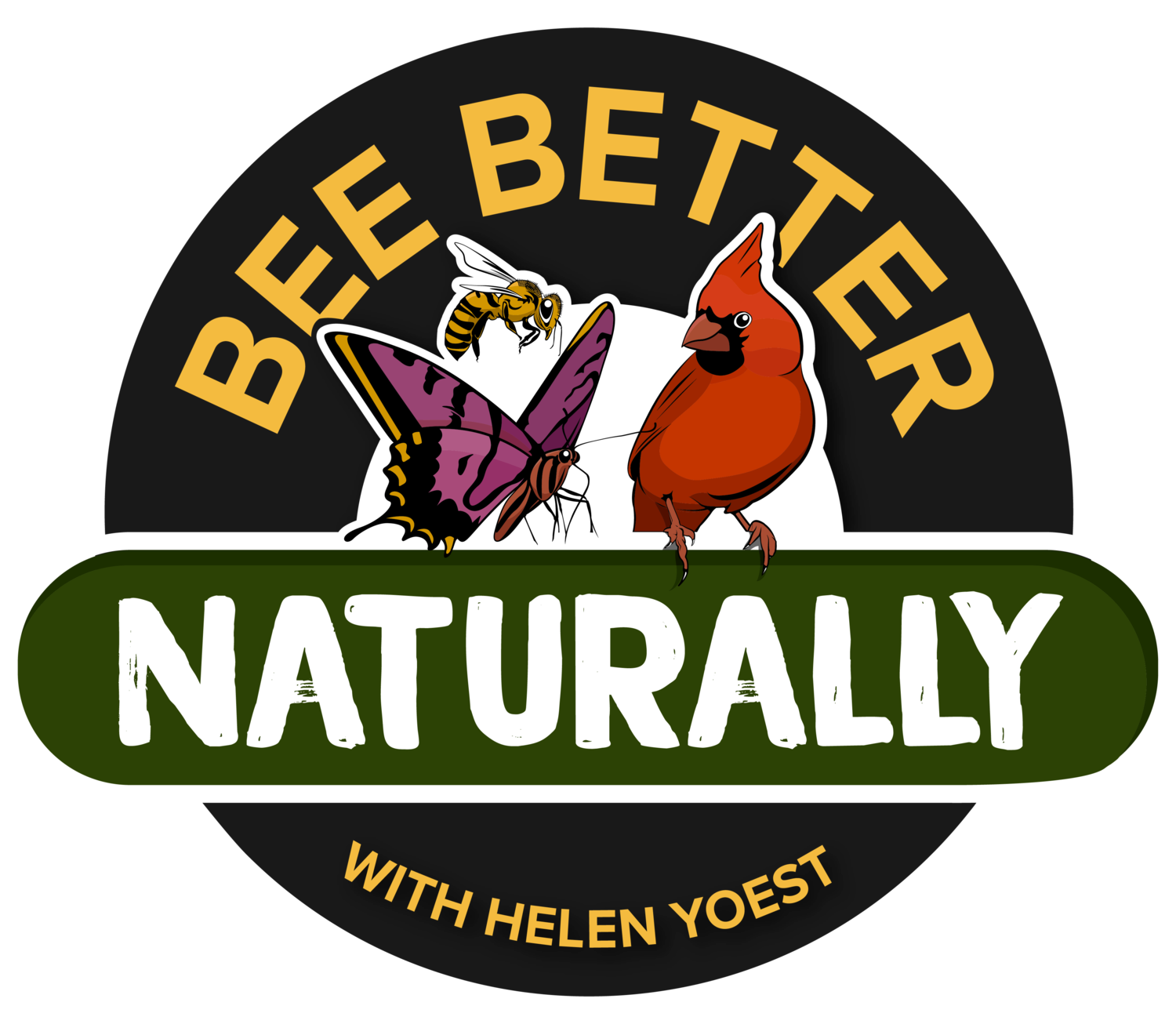This the time of year we hear a lot about the campaign, #LeaveTheLeaves. Here is my take
The Nationwide campaign to #LeaveTheLeaves isn’t for every garden. It works well in the forest, though. The campaign is ideal for natural areas, not our cultivated lawns and gardens.
Fallen leaves can provide food, shelter, and bedding for a variety of wildlife, offering an ecosystem to a host of living creatures, including chipmunks, earthworms, caterpillars, and thousands of species of insects. Without a layer of leaves, there’s little habitat for critters who need this type of ecosystem, and you’ll see fewer birds, which forage in the leaves for food. And as the leaves break down, the organic matter helps feed the soil. But if the leaves are mulched too thickly and matted down, it can smother your lawn and harm your cultivated garden.
In addition to the benefits above, fallen leaves feed a vast number of microbes in the soil, which are the most critical crop you can grow, considering that all plant life in your garden depends on healthy soil biology.
Some Triangle neighborhoods drop a tremendous amount of leaves, with leaves falling from October through December or longer. Removing falling leaves is essential for maintaining a lush lawn; too many leaves can quickly harm a lawn if allowed to sit on the turf. The grass will suffer from the weight of leaves, especially wet leaves, and the lack of sunlight impeding photosynthesis. Also, it’s imperative not to let the leaves or mulch sit right up against trees, shrubs, and perennials; this becomes a pathway for insects, rodents, and diseases.
Many will tell you to rake the leaves on the lawn and let the mower chop them before putting them back in the garden bed or storing them; this helps break down leaves faster, but I can’t help but think that we are also chopping up all the wildlife in those leaves. Yet, I still think it is a good idea; at least you are getting the benefits of a ready mulch and the remaining wildlife food.
There are several approaches to managing your fallen leaves. Here are some recommendations for lawns and cultivated beds.
LAWNS
If you like to rake leaves, you’re in luck! For everyone else, mow them instead.
If you have grass, mow your lawn using a mulching blade weekly. Let the chopped clippings stay on the grass. What remains is valuable organic matter that will quickly break down, providing nutrients to your lawn.
In the weeks when the leaves are too abundant, mow with the mulching blade on the highest setting and then again at a lower setting. Continue to mow until all of the leaves are off of your trees. And it’s best to mow when the leaves are dry. Don’t let the rain turn them to mush.
To save for later use, pile captured clippings in a discrete area to create a cold compost pile; no turning is necessary. Compost is black gold for gardens. Your chopped leaves should be ready to spread around the garden by next spring. Along the same lines, store chopped leaves in plastic bags or cans for later use. This method makes the contained mulch easier to maneuver.
If you have acreage and a forest, remove them to the forest edge—not your garden beds.
GARDEN BEDS
Make no mistake, those leaves can be good for your garden. But be smart. We like a dusting of snow, right? But when 12 inches are predicted, we are paralyzed. So true with too many leaves blown on your cultivated garden beds!
If you bagged your lawn/leaf clippings and want to use them as mulch in your garden beds later, they can be added to garden beds once the initial clippings break down. Once chopped, they will break down quickly.
Carefully rake or blow leaves out of your cultivated beds to the lawn. Mow and replace them up to two-three inches. Don’t place clippings right up against plants.
In the Bee Better Naturally Teaching Garden, we have only a few trees that work as mulch, and I need more to meet my standard each fall. I drive around and pick up other people’s leaves to nourish my garden. Crazy, right? What’s important to know is that I designed the garden to support this type of nourishment.
So what are we to do? Be smart; you don’t have to use every leaf on your property. Just like you wouldn’t add four- to six- inches of another mulch, the same is true for whole or chopped leaves. Don’t feel guilty about bagging some or most of your leaves for pick up at the Wake County Yard Waste Center. If you are not in the county, removing to the forest edge, composting, or bagging for later use.
When used in moderation, fallen leaves offer several benefits—bedding for wildlife, food, and fertilizing the soil as they break down. As with everything, moderation is key!

